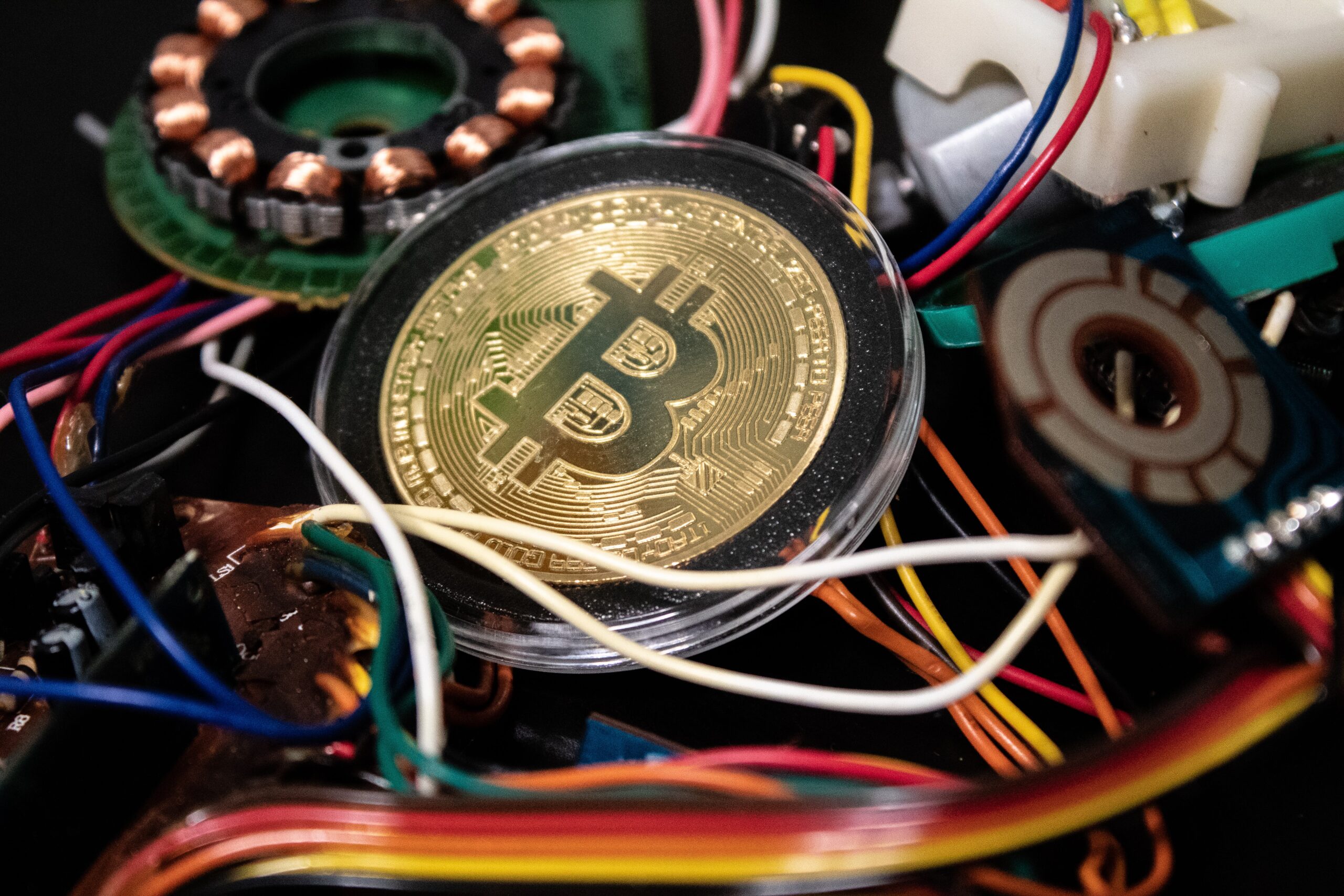Understanding How Cryptocurrencies Operate
Khái niệm cốt lõi
Cryptocurrencies are becoming mainstream, with advocates praising their transparency and anonymity while critics raise concerns about potential harm. The core message is the explanation of how cryptocurrencies work through blockchain technology.
Tóm tắt
Cryptocurrencies are gaining popularity, with El Salvador adopting bitcoin as legal tender and New York City aiming to become a cryptocurrency hub. Despite only 16% of Americans investing in cryptocurrencies, almost 90% are aware of them. Advocates highlight the transparency and anonymity of decentralized finance, while critics worry about scams, money laundering, and environmental impact. The blockchain serves as a public ledger recording transactions in detail. Different cryptocurrencies like Bitcoin, Ethereum, Litecoin, Bitcoin Cash, and Ethereum operate on various algorithms and mechanisms. Proof-of-work and proof-of-stake are common methods for validating transactions in cryptocurrency networks.
A beginner’s guide to how cryptocurrencies work
Thống kê
Only 16 percent of Americans invest in cryptocurrencies.
Almost 90 percent of Americans are aware of cryptocurrencies.
Bitcoin burns through more electricity than certain countries.
There will be a total of 21 million bitcoins in the system.
Trích dẫn
"The blockchain provides you with a different trust model." - Ari Juels
"In Bitcoin, your participation in the system is proportional to the amount of computation you do." - Ari Juels
Thông tin chi tiết chính được chắt lọc từ
by Charlotte Hu lúc www.popsci.com 11-15-2021
https://www.popsci.com/technology/beginners-guide-to-cryptocurrency/
Yêu cầu sâu hơn
How might looming federal regulations impact the future of cryptocurrency?
The potential impact of looming federal regulations on the future of cryptocurrency is significant. Regulations could bring about increased oversight, compliance requirements, and potentially restrictions on certain aspects of cryptocurrencies. This could affect how individuals and institutions interact with cryptocurrencies, leading to changes in trading practices, investment strategies, and overall market dynamics. Additionally, regulatory clarity or uncertainty can influence investor confidence and adoption rates. Depending on the nature of the regulations imposed, they could either help legitimize cryptocurrencies as mainstream financial assets or create barriers that hinder their growth and acceptance.
What are the potential drawbacks or limitations of proof-of-stake systems?
While proof-of-stake systems offer advantages such as energy efficiency compared to proof-of-work mechanisms, they also come with their own set of drawbacks and limitations. One key limitation is related to centralization risks - since participation in a proof-of-stake system is based on holding a stake in the network, those with more resources (cryptocurrency holdings) have greater influence over decision-making processes. This concentration of power among a few stakeholders can lead to concerns regarding network security and decentralization.
Another drawback is related to entry barriers for new participants. Unlike proof-of-work systems where anyone with computational resources can participate in mining activities, proof-of-stake requires individuals to acquire a certain amount of cryptocurrency tokens upfront to become validators or block producers. This initial investment requirement may deter potential users from joining the network.
Furthermore, there are ongoing debates within the crypto community about whether proof-of-stake truly achieves consensus in a decentralized manner or if it still introduces elements of centralization through wealth accumulation dynamics.
How can proof-of-storage concepts like Filecoin be integrated into cryptocurrency ecosystems?
Proof-of-storage concepts like Filecoin introduce innovative ways for utilizing storage space within cryptocurrency ecosystems beyond traditional transaction processing functions. By committing storage space as part of consensus mechanisms, these concepts enable participants to contribute valuable resources towards securing networks while also incentivizing them through rewards tied to storage utilization.
Integrating technologies like Filecoin into cryptocurrency ecosystems opens up opportunities for decentralized data preservation solutions where users can store information securely across distributed nodes without relying on centralized servers or cloud services. This not only enhances data privacy but also contributes towards building resilient infrastructures for hosting various types of digital assets including NFTs.
Additionally, leveraging proof-of-storage mechanisms can enhance scalability by offloading data management tasks from blockchain networks onto dedicated storage layers while maintaining cryptographic integrity and accessibility guarantees for stored content. As blockchain applications continue to evolve beyond simple token transfers towards supporting complex use cases involving large datasets or multimedia files, incorporating proofs of storage offers a promising avenue for expanding utility and functionality within crypto platforms.
0
